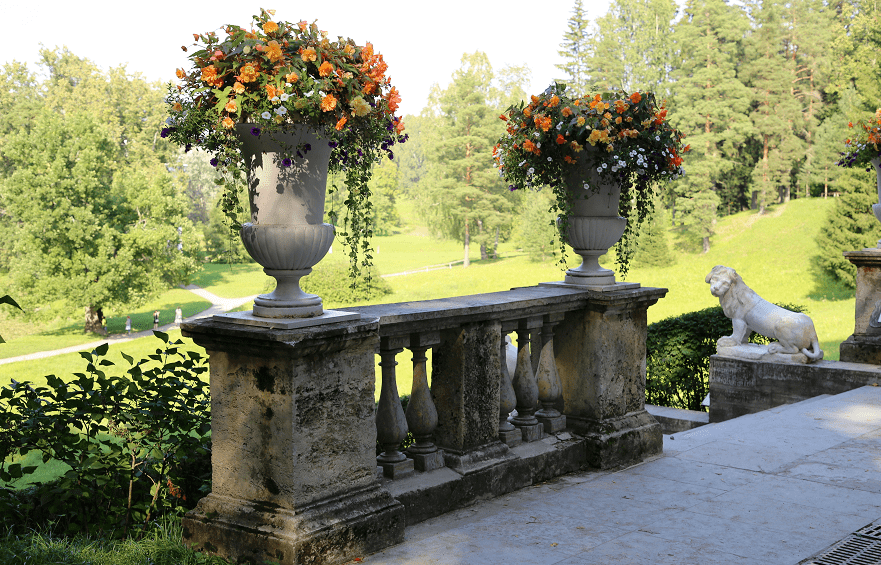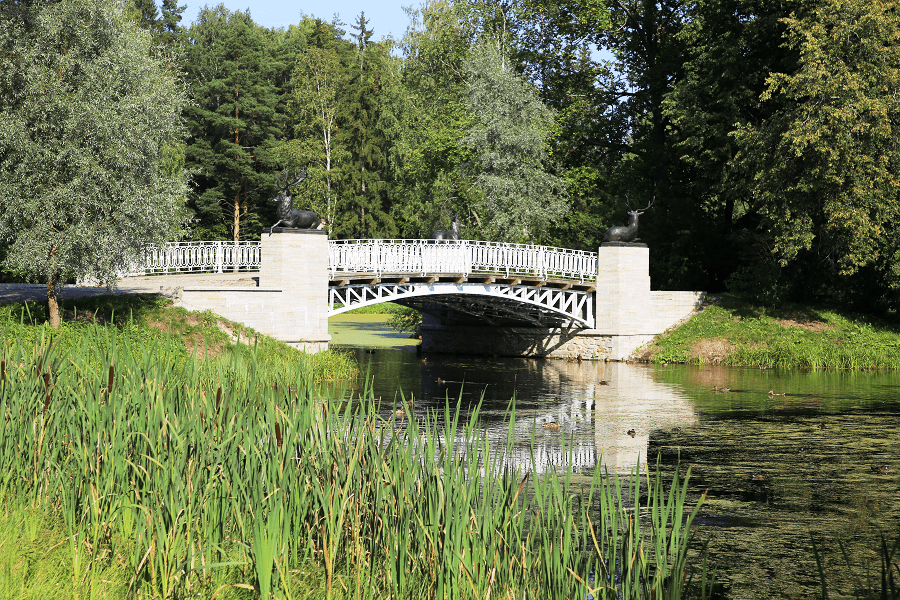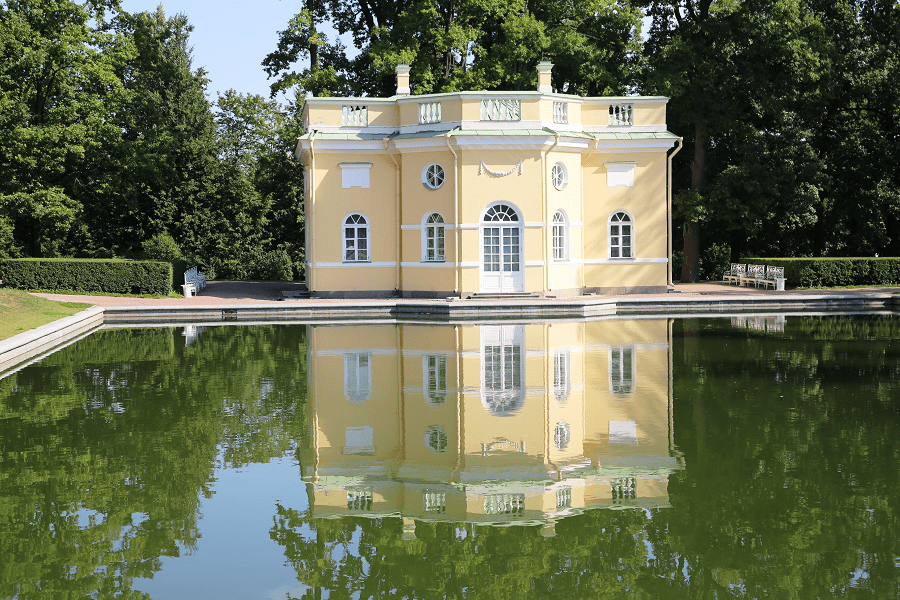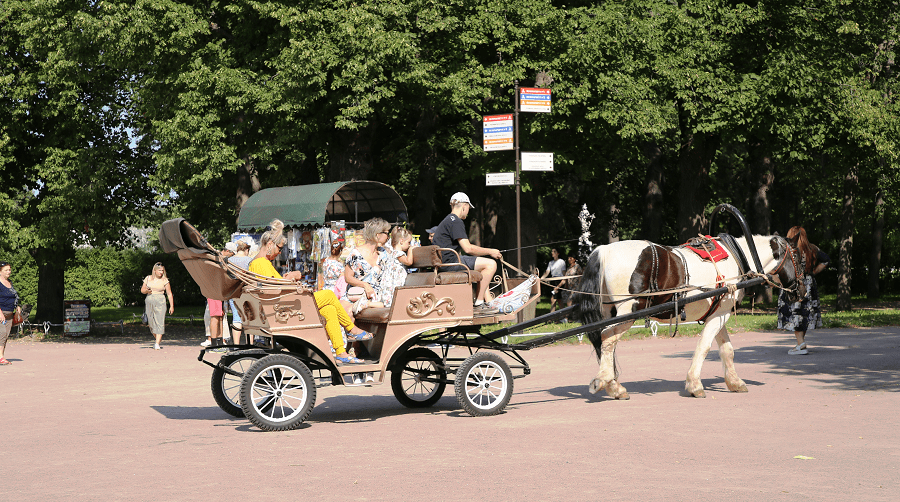Green spaces of St. Petersburg and its suburbs, together with the water surface, occupy about 40% of the urban area (according to 2022 data). By 2000, there were about 65 m² of plantings per 1 inhabitant of the city. The total area of green spaces exceeds 31 thousand hectares, including 68 parks, 166 gardens, 730 squares, 232 boulevards, 750 green streets.
The parks of the city are located in various landscape conditions: on the lower and upper terraces of the coast of the Gulf of Finland (Petergof), the moraine plain (Great Catherine Park, Pavlovsk Park ).
A number of parks are based on natural forests, which still retain their species composition (Sosnovka).
Many parks created in the post-war years are divided into areas where tree vegetation was virtually absent (Moscow Victory Park, Primorsky Victory Park).
TOP 8 parks of the central districts of St. Petersburg
Summer Garden is a park ensemble, a monument of garden and park art of the first third of the 18th century in the Central District, located on the Palace Embankment of the Neva river.
The garden was founded by order of Peter I in 1704 and was originally regular. It occupies a separate island of the same name, washed by the rivers Neva, Fontanka, Moyka and Swan Canal.
Field of Mars is a large square in the centre of the city bordering Summer Garden. Over its long history it has been alternately a meadow, park, pleasure garden, military parade ground, revolutionary pantheon and public meeting place.
Mikhailovsky Garden is one of the most famous and well-maintained parks in St. Petersburg. Located in the very center of the city. On the south side, the Mikhailovsky Garden adjoins the Mikhailovsky Palace (the main building of the Russian Museum), the buildings of the Ethnographic Museum and the Benois Wing.
Alexander Garden – a garden in the Admiralteysky district. It is located in the very center of the city, adjacent to the southwestern and southeastern sides of the Admiralty. The garden opened in 1874. Named in honor of Emperor Alexander ΙΙ.
Alexander Park, located in the Petrogradsky district, is one of the first public parks in the city. It is located on the site of the former glacis of the Peter and Paul Fortress to the north of the kronverk and is bounded by Kronverksky Prospekt (enveloping the park along the arcuate border of the former glacis), Kuibyshev Street and Kronverkskaya embankment (excluding Artillery Island). Founded in 1842.
Yusupovsky garden, originally, a plot of 9 hectares between Fontanka and Sadovaya Street was presented by Peter I in 1724 to Prince G. D. Yusupov. Later, his son laid out a regular garden with two ponds, canals and flower beds. In 1730, a wooden one-story house was built on the site, the project for which was developed by Domenico Trezzini.
Park named after the 300th anniversary of St. Petersburg is a park located in the northwestern part of St. Petersburg on the border of the Prinevskaya lowland in the northern part of the Neva Bay. From the north, the park is bounded by Primorsky Prospekt and Primorskoye Highway, and from the east by Yakhtennaya Street. The total area is 38.58 hectares. Beach in the park is one of the most famous and most visited in the city.
Tauride garden was laid out between 1783 and 1789. Prince Grigory Potemkin ordered his favourite architect, William Guld, to design and lay out the park. When Potemkin died in 1791, the park and palace were used by Catherine II as a residence. Afterwards it was opened to the public. In 1898, a theater was built in the park. The area of the Tauride Garden is 21.1 hectares.



















